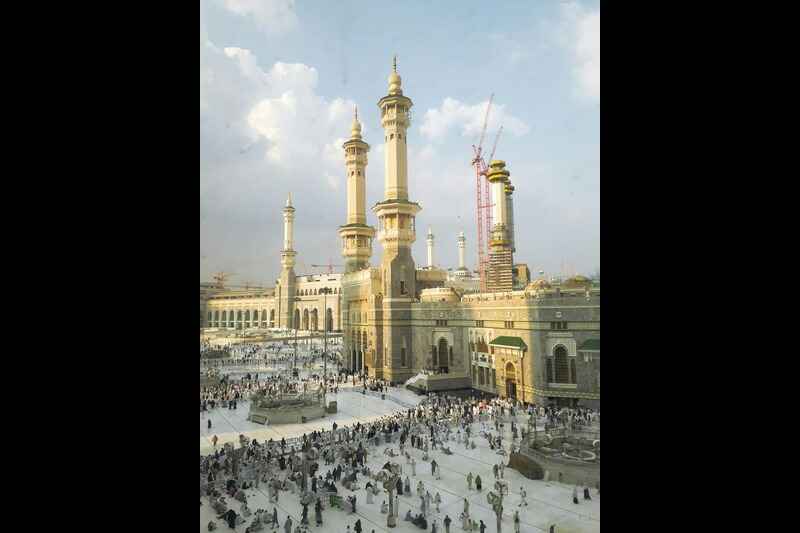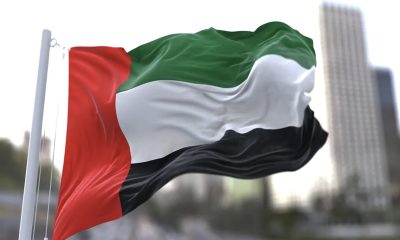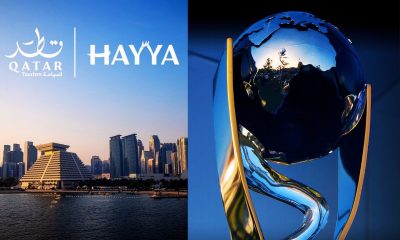Saudi Arabia is on a transforming trip, gently changing its economy with consideration for diversification and cultural expansion. After Vision 203,0 the fashion business has become a major actor, with estimations anticipating a strong expansion path that would make it a pillar of the non-oil economy of the Kingdom. Supported by a dynamic, technologically active population and rising disposable incomes, the Saudi fashion market is expected to generate $4.37 billion in revenues in 2024 rising from an outstanding compound annual growth rate (CAGR) of 11.62% to reach a market volume of $7.57 billion by 2029.
Since Saudi Arabia’s desire of economic freedom from oil corresponds with this industrial expansion, it shows the possibilities of fashion to promote other sectors of development. Vision 2030 highlights the initiatives of the Saudi Fashion Commission to develop local talent and simplify the design-to–retail pipeline, therefore supporting fashion as a means of cultural expression, economic diversification, and worldwide presence. Starting projects to establish a whole fashion value chain by approaching local designers, producers, and stores, the Commission has promoted fashion at all levels.
E-commerce: Mostly in charge of fashion intake
The swift expansion of e-commerce is among the most interesting changes in Saudi Arabia’s fashion scene. Comprising 17.8% of the Kingdom’s whole e-commerce market, the online fashion industry is expected to reach $2.5 billion in 2024 as consumer behavior moves further toward online purchase. Between 2024 and 2028, Statista projects a 4.4% CAGR for online fashion sales, therefore guiding the market toward around $3 billion by 2028. More Saudi consumers valuing the simplicity of buying via digital channels follows a worldwide trend in expansion.
Recent monthly numbers also show this increasing trend; the e-commerce fashion income for the nation reached $ 201 million in August alone. Although there is a small monthly variation, the sector is always robust; its projected percentage in Saudi Arabia’s whole online retail market is estimated to rise from 40.6% to an amazing 68.9% by 2028. With income of $167.2 million in 2023, the local e-commerce powerhouse Namshi.com most fairly reflects the potential and performance of Saudi digital fashion firms. Using e-commerce offers accessibility and diversity at the push of a button since it helps both known and new Saudi enterprises to access a tech-savvy consumer base.
Changing Dynamics in Retail Environment and Local Manufacturing
Driven traditionally by imports—like the $2.6 billion worth of fashion goods imported from China in 2022—the Saudi fashion industry is progressively moving toward local manufacturing. Given the Kingdom’s fashion sector, valued at $24.6 billion in 2022 and employs 230,000 people and provides 1.4% of the GDP, local production clearly has huge promise. The government’s intentional attempt to lessen reliance on imported apparel complements Vision 2030’s focus on indigenous manufacture and job growth.
Particularly noteworthy as a development is the active support of local designers and businesses by the Saudi government under new regulations meant to strengthen the home industry. The Saudi Fashion Commission aims to develop young talent, support SMEs, and internationally known Saudi fashion institutions by means of funding, strategic alliances, and training programs. From traditional clothing to modern high fashion, local designers are beginning to occupy the market from foreign companies, therefore strengthening Saudi identity and culture in the fashion industry.
Encouragement of Local Skills and International Respect
The Kingdom’s fashion industry investments not only create an economic but also a cultural statement. Saudi women have traditionally been quite active in the local fashion scene working with neighborhood tailors and creating one-of- a- kind designs respecting the rich legacy of the nation. Beyond neighborhood markets, Saudi designers such as Marriam Mossalli and Yousef Akbar are drawing interest from foreign fashion media these days. Featured on the cover of Vogue Arabia, Akbar’s creations highlight the growing global curiosity in Saudi fashion, which today embodies modern elegance and national pride.
Social media and online channels have grown ever more important since giving Saudi designers a direct link to consumers all around so they may offer their distinctive look with a worldwide audience. The support of local fashion by the Saudi government also includes financing of international fashion events, therefore providing designers with a stage on which to present their works. Notable Saudi designer and fashion editor Mossalli observed the relevance of this event: “The world has its eye on Saudi Arabia…it’s a unique opportunity for Saudi fashion to gain international recognition.”
Fashion, Travel, and Entertainment at Their Intersects
The quickly expanding entertainment and luxury tourism sectors of the Kingdom would be ideally fit for Saudi Arabia’s fashion business. From hospitality and performance arts with luxury resorts along the Red Sea to a myriad of entertainment projects under development, fashion has found inventive uses in fields as varied as Fashion is becoming ever more important to the General Entertainment Authority and other government agencies as they allow young Saudi designers to participate on projects ranging from stage costumes for cultural events to resort worker uniforms.
For Saudi designers, this junction of fashion and travel offers great chances to highlight their originality and help the Kingdom to achieve more general economic targets. Underlining the value of this synergy, Burak Cakmak, president of the Saudi Fashion Commission, said: “There are so many industries that employ fashion…from the staff uniforms of new resorts to costumes for new entertainment programs. These chances let local talent flourish and display their tremendous creative range.
Lessening reliance on imports and strengthening cultural identity
The $7.3 billion imported fashion products spending by Saudi Arabia in 2021 amply illustrates the great potential for home sector growth. Vision 2030 seeks to solve this by fostering a self-sustaining fashion industry suited for global competitiveness while maintaining Saudi Arabia’s cultural identity. Apart from increasing economic output, the Fashion Commission aims to create a distinctively Saudi look appealing both inside and outside.
Projects aiming at financial assistance, training, and global visibility rely on helping the next generation of designers to be active. By giving Saudi fashion talent platforms, the government hopes to reframe the sector as a major cultural export and main pillar of its economy.
With over 50% increase by 2025, Saudi Arabia’s fashion industry is expected to be valued $32 billion. Particularly the luxury market is expected to grow by 19%, showing substantial consumer demand for high-end fashion and thereby stressing the sector’s ability to significantly help Saudi Arabia’s aspirations for economic diversification. The sector is poised to be both an economic driver and a cultural ambassador as the government continues financing in infrastructure, education, and technology support for fashion.
Burak Cakmak said looking forward, “Marketing campaigns and participation in international fashion events, together with efforts at market expansion, are vital in nurturing a dynamic and globally competitive fashion industry in the Kingdom.” This dedication to developing local talent and supporting sustainability guarantees Saudi Arabia’s fashion business not only will it expand but also honor and expose the rich legacy of the Kingdom to the globe.
Saudi Arabia is positioned to become a fashion center reflecting both its economic goals and unique cultural character with great government support, quickly expanding consumer base, and an increasing pool of skilled designers.














